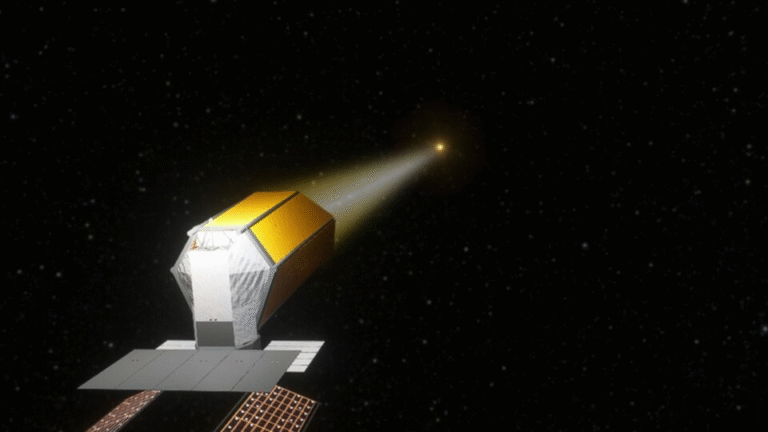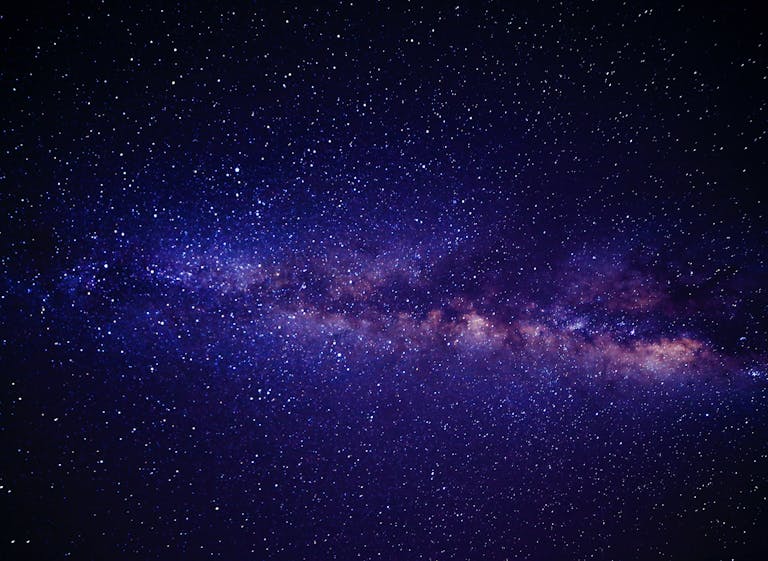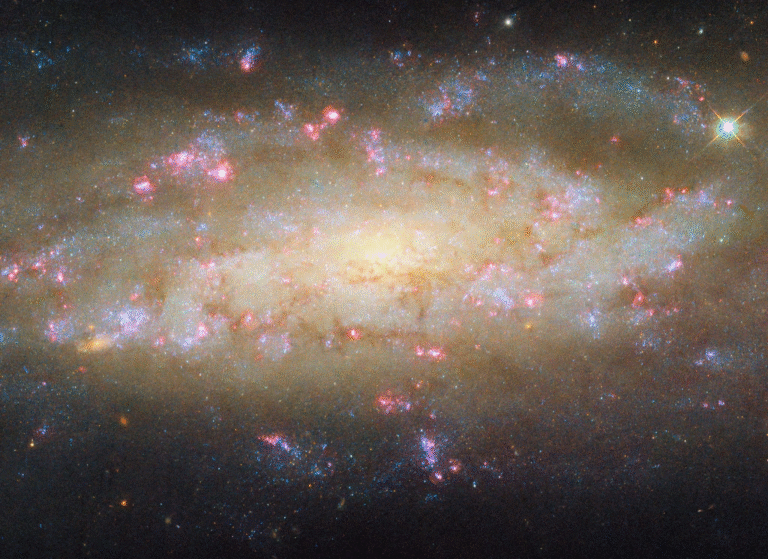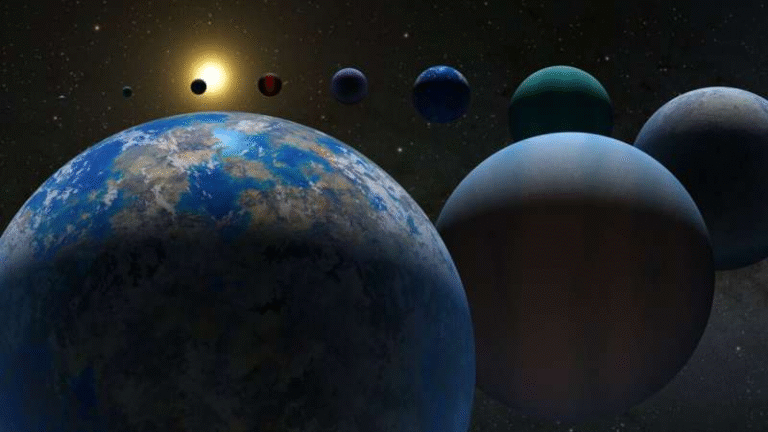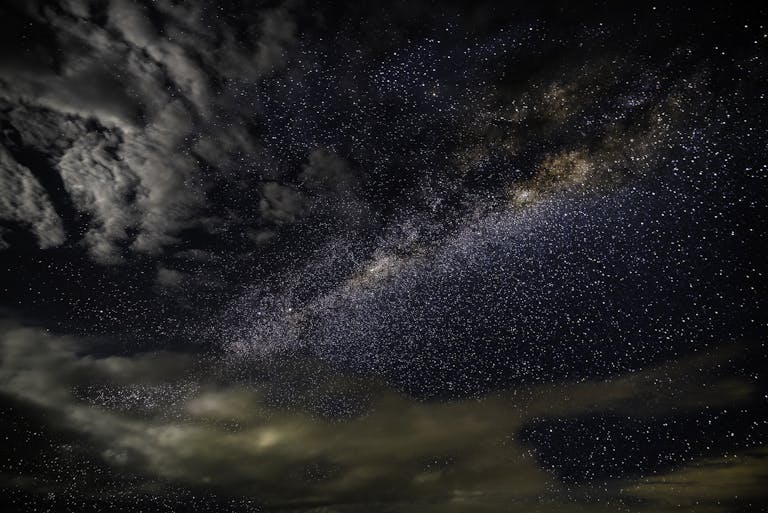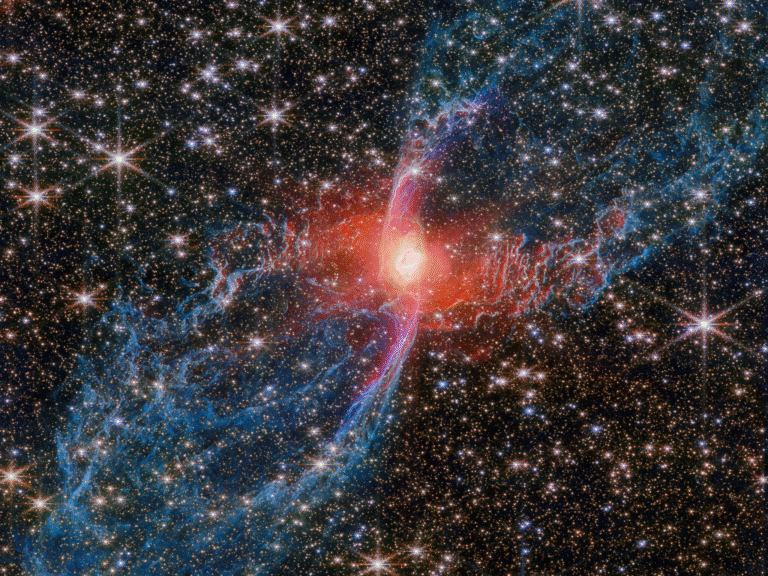The Cigar Galaxy Blazes With Star-Building Power at 10x the Milky Way’s Pace
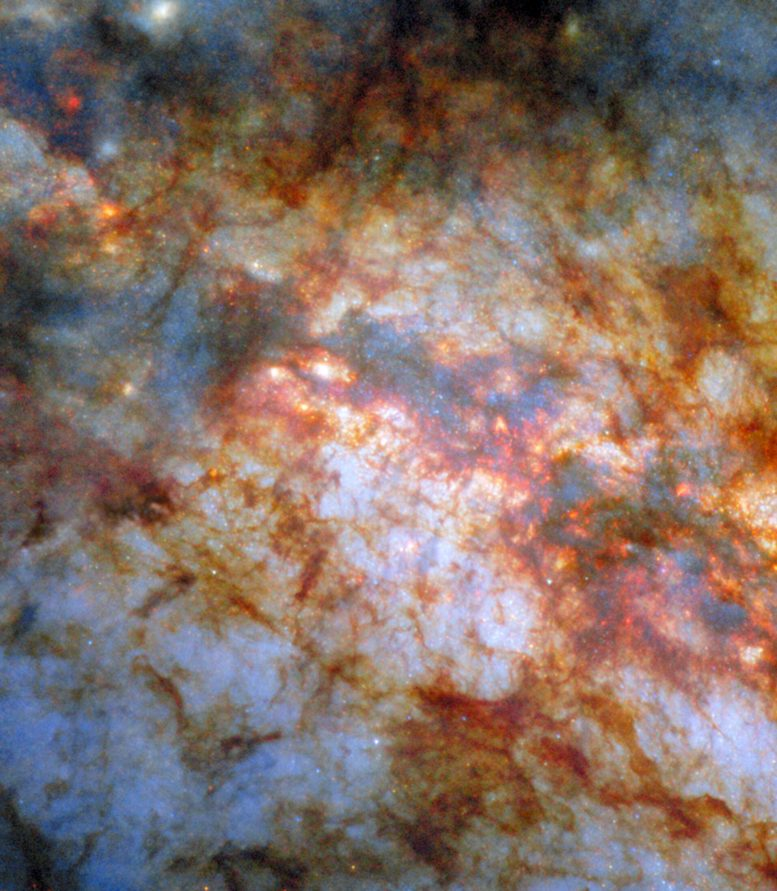
The Cigar Galaxy, officially known as Messier 82 (M82), is one of the most fascinating cosmic neighbors we have. Sitting about 12 million light-years away in the constellation Ursa Major, this galaxy is absolutely packed with energy and action.
Astronomers now have an incredibly detailed new look at M82, thanks to rare Hubble Space Telescope data combined with fresh James Webb Space Telescope (JWST) infrared observations. These new insights show us how violently and beautifully stars are being born inside this so-called starburst galaxy.
What Makes M82 Special
Unlike our Milky Way, which has a relatively steady pace of star formation, the Cigar Galaxy is in overdrive. It’s producing stars at a rate 10 times faster than the Milky Way. That’s a staggering number. This high-speed star production is what classifies it as a starburst galaxy.

Even though M82 is smaller than the Milky Way, it actually shines much brighter. Astronomers estimate that it’s about five times more luminous. That brightness comes from the sheer number of massive, young stars lighting up the galaxy’s dense, dusty interior.
One of the reasons M82 is in this hyperactive state is its interaction with its larger neighbor, Messier 81 (M81). The gravitational tug-of-war between the two galaxies disturbed M82’s structure and funneled gas into its central regions. That gas became the raw material for an explosive era of star formation.
A Rare Look With Hubble’s High Resolution Channel
The most recent update comes from the Hubble Space Telescope, specifically from its Advanced Camera for Surveys (ACS) High Resolution Channel (HRC). This instrument was installed in 2002 but only operated for about five years before an electronics failure shut it down in 2007. That makes the data it collected both rare and precious.
The HRC captured fantastically detailed observations of crowded starry environments, and one of those lucky targets was M82. In the newly processed images, astronomers can see intricate details of the galaxy’s core:
- Blueish light from young, hot stars peeking through thick clouds of dust.
- Filaments, clumps, and streams of gas and dust sculpted by powerful stellar winds and radiation.
- Super star clusters—enormous groups containing hundreds of thousands of stars each—that dominate the central region.
Each of these superclusters is far brighter and denser than typical star clusters we see in the Milky Way. The data show just how chaotic and packed this starburst environment is.
Webb Adds a New Dimension
While Hubble excels in visible light, the James Webb Space Telescope has the advantage of seeing in the infrared, which penetrates much of the dust that hides stars in visible wavelengths. Using its NIRCam and MIRI instruments, Webb has provided a complementary view of M82’s turbulent heart.
One of the most striking details from Webb’s images is the detection of plumes traced by polycyclic aromatic hydrocarbons (PAHs)—organic molecules that glow in the infrared. These plumes measure about 160 light-years across and are made up of smaller clouds ranging from 16 to 49 light-years wide. That’s an extraordinary level of detail for a galaxy this far away.
These PAH-traced plumes aren’t static. They are being driven out of the galaxy by powerful galactic winds. The winds themselves are fueled by radiation pressure, supernova explosions, and stellar outflows from the galaxy’s central super star clusters. The result is that streams of gas and dust are literally being blown into intergalactic space.
The Physics of a Starburst Galaxy
Starburst galaxies like M82 are extreme environments. Here’s a breakdown of what makes them tick:
- Super star clusters form when massive amounts of gas collapse quickly in the galaxy’s center. These clusters can have hundreds of thousands of stars, many of them large and short-lived.
- These massive stars emit intense ultraviolet radiation and unleash stellar winds, which push against surrounding gas and dust.
- As the most massive stars die, supernova explosions inject even more energy into the environment, further stirring things up.
- The combined effect creates galactic-scale outflows—winds powerful enough to blow gas right out of the galaxy’s disk.
- Over time, this feedback can shut down star formation, because it removes or heats up the gas that would otherwise form new stars.
This self-limiting cycle explains why starburst phases don’t last forever. M82’s current burst may eventually burn itself out as the gas supply dwindles.
Why the Interaction With M81 Matters
Astronomers believe that the gravitational interaction with M81 about 200 million years ago was the trigger for M82’s current state. M81’s stronger gravity pulled streams of gas out of M82 and into its core. That sudden influx of fuel lit the fire of intense star formation we see today.
This kind of interaction isn’t unusual. In fact, during the early universe, galaxies collided and interacted far more frequently than they do now. That means studying M82 today gives astronomers a window into the past, showing what galaxies billions of years ago might have looked like during their most active phases.
Extra Context: How Do We Study Dusty Galaxies?
The Cigar Galaxy is wrapped in thick lanes of dust, making it tricky to observe in visible light alone. That’s why combining Hubble and Webb is so powerful.
- Hubble provides ultra-sharp resolution in visible light, highlighting the fine structure of the dust clouds and the blue glow of hot stars.
- Webb cuts through the dust with infrared, revealing hidden star clusters and the chemical makeup of the gas, including molecules like PAHs.
This multi-wavelength approach lets astronomers piece together a much fuller picture of how starbursts function.
What We Learn From M82’s Winds
The galactic winds of M82 are not just fascinating—they’re crucial for understanding galaxy evolution. When gas is blown out into space:
- It can limit further star formation in the galaxy by depleting the available material.
- It enriches the surrounding intergalactic medium with heavy elements created in stars and supernovae.
- It may play a role in shaping the future growth and structure of the galaxy itself.
So, studying M82’s winds doesn’t just tell us about one galaxy—it tells us about the broader processes that drive how galaxies live, evolve, and sometimes die.
A Neighbor With Big Lessons
Even though M82 is relatively nearby, it represents a class of galaxies that were much more common in the distant, early universe. That makes it a kind of cosmic laboratory. By observing it with the best tools available, astronomers can:
- Test theories of star formation in extreme environments.
- Explore how galactic feedback (winds and radiation) shapes galaxies.
- Learn how interactions between galaxies can spark intense bursts of activity.
It’s rare to get this combination of proximity, activity, and detail. That’s why M82 keeps coming back as a favorite target for both Hubble and Webb.
Beyond M82: A Quick Look at Other Starburst Galaxies
M82 isn’t alone in the starburst category. Other galaxies also show these furious phases of activity:
- Messier 83 (the Southern Pinwheel) has regions of intense star formation.
- NGC 253 (the Sculptor Galaxy) is another well-known starburst with strong galactic winds.
- Arp 220, an ultra-luminous infrared galaxy, represents an even more extreme starburst phase triggered by a galaxy merger.
Comparing these galaxies helps astronomers understand how starbursts differ depending on size, gas supply, and triggering events.
Why This Discovery Matters Right Now
The combination of Hubble’s rare High Resolution Channel data and Webb’s cutting-edge infrared vision makes this one of the most detailed studies ever of a starburst galaxy’s core. It’s not just a pretty picture—it’s a dataset that reveals how super star clusters are born, how they interact with their environment, and how they eventually shape the fate of their host galaxy.
In short, M82 is giving us a front-row seat to the mechanics of galaxy evolution, and these new observations are some of the clearest yet.
Final Thoughts
The Cigar Galaxy is a reminder of just how dynamic and unpredictable galaxies can be. While our Milky Way quietly forms stars at a steady pace, M82 is burning through its gas in a cosmic fireworks show. Thanks to Hubble and Webb, we can now see those fireworks with breathtaking clarity, from the clumps of dust that hide star clusters to the winds that blow entire plumes of gas into space.
M82’s story isn’t just about one galaxy—it’s about the life cycle of galaxies across the universe. And with every new observation, we get closer to understanding how stars, clusters, and galaxies like our own come into being, evolve, and eventually fade.
Research Source:
European Space Agency / Hubble and Webb releases on M82
ESA Hubble: Messier 82 (Cigar Galaxy)
ESA Webb: Webb Images Central Region of Messier 82
